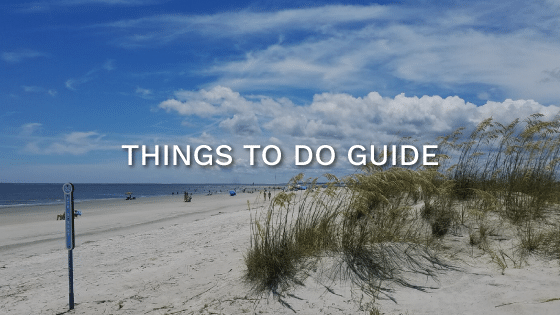
Homeschooling is becoming much more popular nowadays, especially with all of the different tools we have at our fingertips. The question of what to teach the kids still arises quite frequently. While most parents/ guardians stick to the basic core curriculum, others have found other ways to teach their children. These ways include real-life experiences, or even field trips to certain places to learn more in-depth about what they are studying.
One of the many luxuries about homeschooling is your home can be anywhere, and so can schoolwork. Field trips are not only a way to get the students out of their “classroom” but it teaches them that they are capable of learning different ways. Consider learning outside of the classroom. If you are planning a vacation, make a few stops, and learn about the history of the area. If you find yourself in St. Simons Island and want to learn about the rich history of the island, here are a few places to check out.
History Of The Island
St. Simons Island is the largest of the Golden Isles- they are a cluster of barrier islands of the Georgia coast that includes Sea Island, Jekyll Island, and Little St. Simons Island, as well as Brunswick on the mainland. The earliest known inhabitants of St. Simons Island were Native American tribes of the Creek Nation, thousands of years ago. Whispers of the past still remain on the island in the form of shell rings and middens from the Guale Indians who established a permanent village here more than 500 years ago.
Later, ownership and occupation of these lands would be contested by the Spanish and English at battlefields and sites that visitors still explore to this day. Eventually, the English secured the Georgia colony, taking advantage of the fertile soils and expansive lands to build thriving rice and cotton plantations. From its Native American roots to its wartime prominence, St. Simons Island holds a special place in United States history, and you can experience the echoes of yesterday today when you visit the area’s most remarkable historic sites.
Arthur J. Moore Methodist Museum & Library
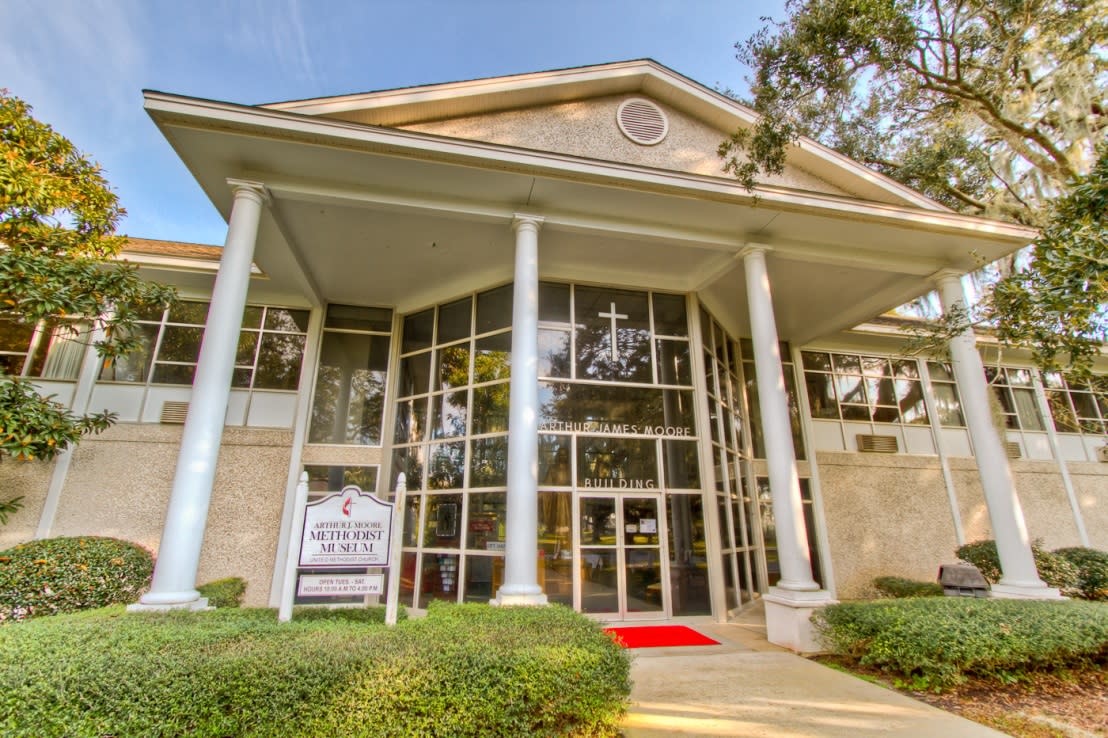
Visiting the Arthur J. Moore Methodist Museum & Library is not only a great spot to stop and get books and lessons, but the history of the building itself is something to learn about. The museum has many interesting exhibits and collections that tell the story of St. Simons Island and Charles and John Wesley’s time in Georgia. The Museum recently opened a new exhibit named “Women in Methodism: A Legacy in Leadership”. The room called crèche displays nativities from all around the world. They depict how each culture understands the birth of Christ.
Avenue Of The Oaks
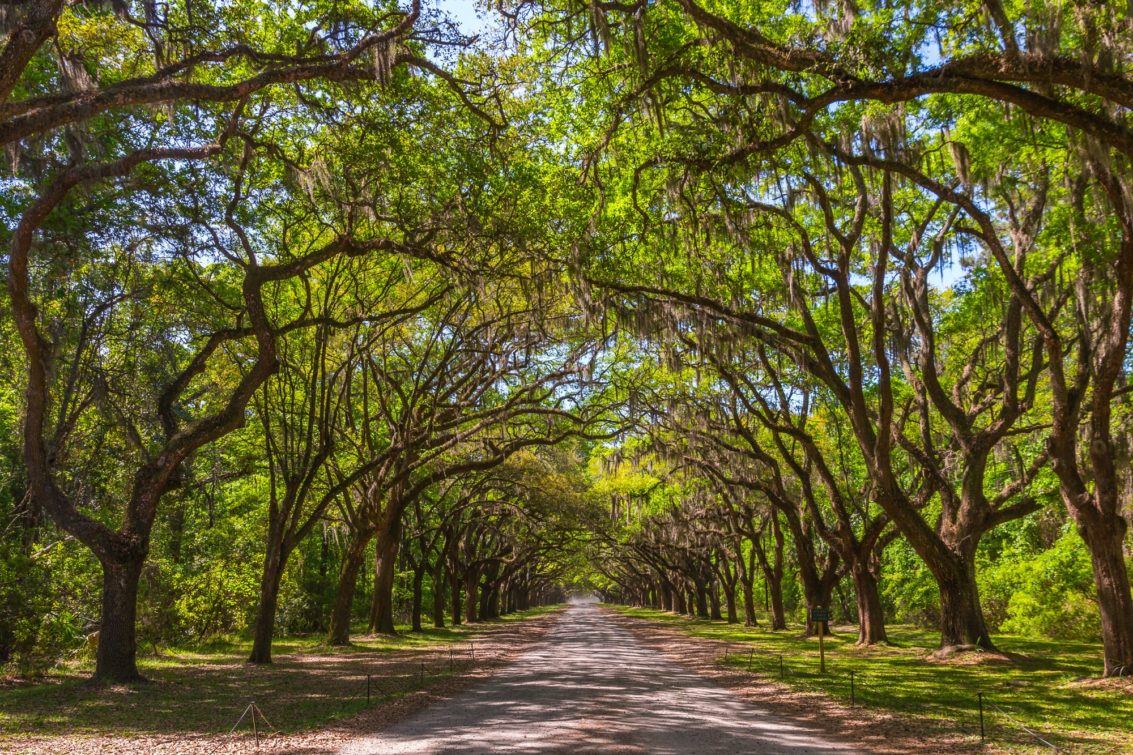
Visiting the Avenue Of THe Oaks would be a great history lesson. It dates back from 1760 until the Civil War, this area was flourishing of cotton and rice plantations. Sea Island cotton that was grown in this area became famous all over the world due to its outstanding quality. When inheriting the land, Anna Page King planted the famous Avenue Of the Oaks. There is a saying that Anna planted so many flowers that when sailors arrived at St. Simons Island could smell the fragrance of the flowers before even spotting the shore. This is a great example of a homeschooling lesson of the importance cotton had on southern states.
Bloody Marsh Battle Site
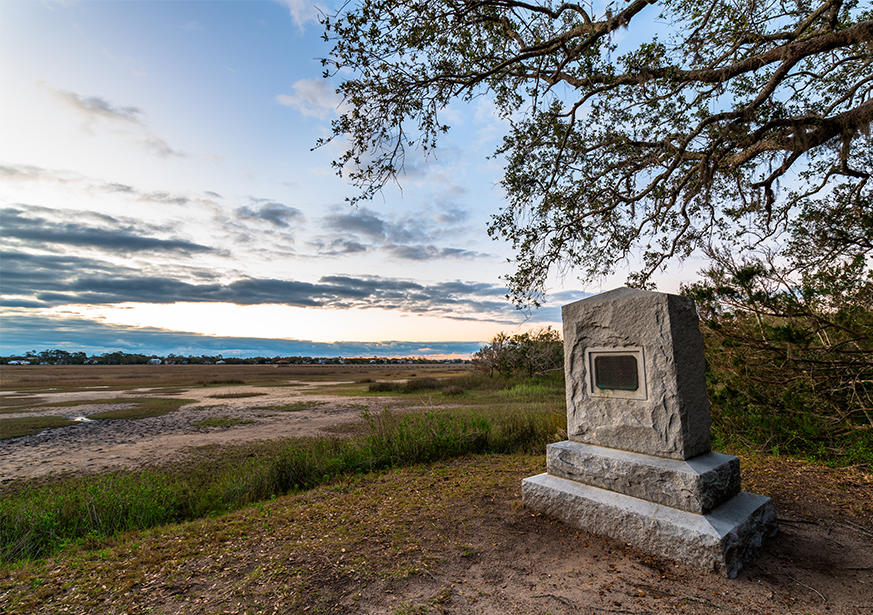
On July 7th, 1742, British troops ambushed and defeated Spanish troops at Bloody Marsh Battle Site. Markers and information panels at this outdoor observation site explain the battle, which once and for all ended Spain’s claims to the Georgia territory.
Cannon Point Road
View this post on Instagram
Cannon’s Point Preserve is a 600-acre space on the north end of the island. Its unique salt marsh, tidal creek, and maritime forest ecosystem provide a habitat for native wildlife like oysters, birds, fish, and manatee near the lower Altamaha River delta, one of the most ecologically fertile areas in the region. The rich river shores once made the preserve a desirable settlement for the Guale people, who dubbed it Guadalquivir. There are numerous middens – remnants of the Guale tribes, as well as plantation ruins, and a Late Archaic shell ring spanning the preserve, which is maintained by the St. Simons Land Trust and a team of volunteers. Guests also have access to a small, non-motorized boat launch for canoes, paddleboards, and kayaks.
Cassina Garden Club Slave Cabins
View this post on Instagram
Hamilton Plantation, owned by James Hamilton, was a working plantation, producing long stable Sea Island Cotton along with oak and pine timbers. There were several slave cabins, two in which still remain. The glass windows and wooden outside doors tell us that these were probably slave living quarters that were high in the privilege hierarchy.
Christ Church
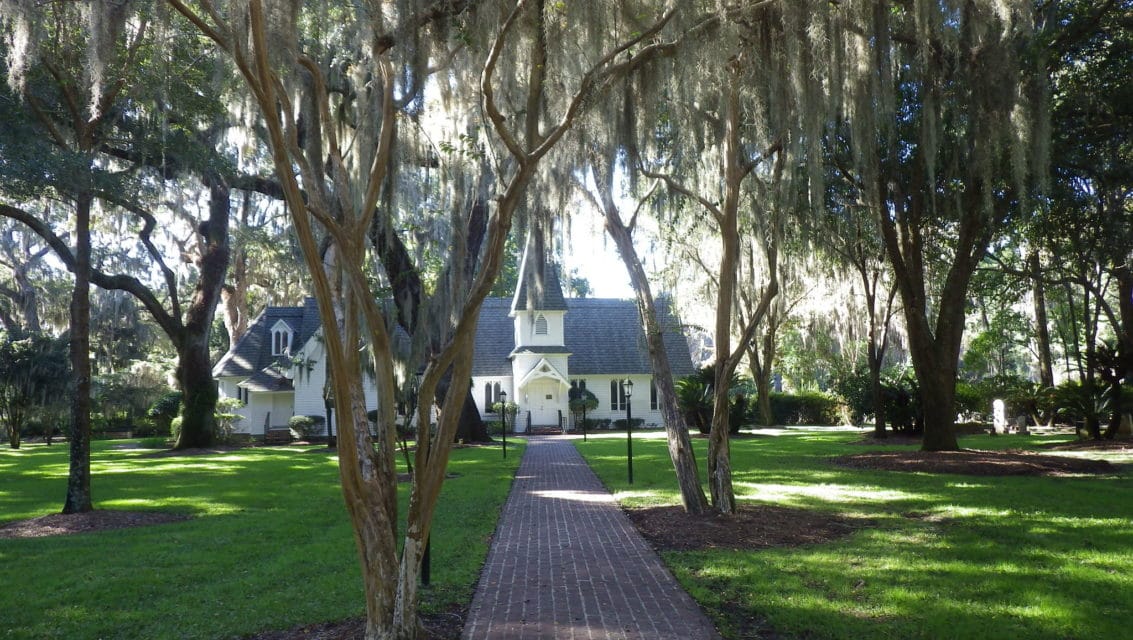
The same year that James Oglethorpe established Fort Frederica, brothers John and Charles Wesley began to assemble the congregants of what would later become Christ Church Frederica. After being partially destroyed during the Civil War, the church was rebuilt by the Reverend Anson Phelps Dodge, Jr., in memory of his wife. The church grounds include a cemetery, with gravesites dating back to the early 1800s. Many notable early residents and settlers are buried here, including Georgia author, Eugenia Price.
Gascoigne Bluff
View this post on Instagram
From the ruins of Fort Frederica, the new evolution of colonized Georgia began to take shape. Chunks of salvaged building material known as tabby were used in the building of sprawling plantations. This concrete-like substance made of water, sand, ash, and broken oyster shells, was favored by early settlers in coastal regions of the Carolinas, Florida, and Georgia. More than a dozen cotton plantations emerged, and rice crops were fruitful along the banks of the Altamaha River as well. The island became a prominent source of cotton production, known specifically for its long-fiber Sea Island Cotton. Considered the “Gateway to St. Simons Island”, Gascoigne Bluff became the site of the expansive Hamilton Plantation.
The Harrington School
View this post on Instagram
The historic Harrington School Cultural Centers was built in the 1920s to serve as the main educational structure for 3 African American communities on St. Simons Island. The school was used until the 1960s when desegregation where the students left to attend St. Simons Elementary. The school was only one room and sat unused after the desegregation took place. To preserve the school Mrs. Isadore Hunter donated her portion of heirs property land to the St. Simons Land Trust in hopes for a restoration of the school.
Hofwyl-Broadfield Plantation
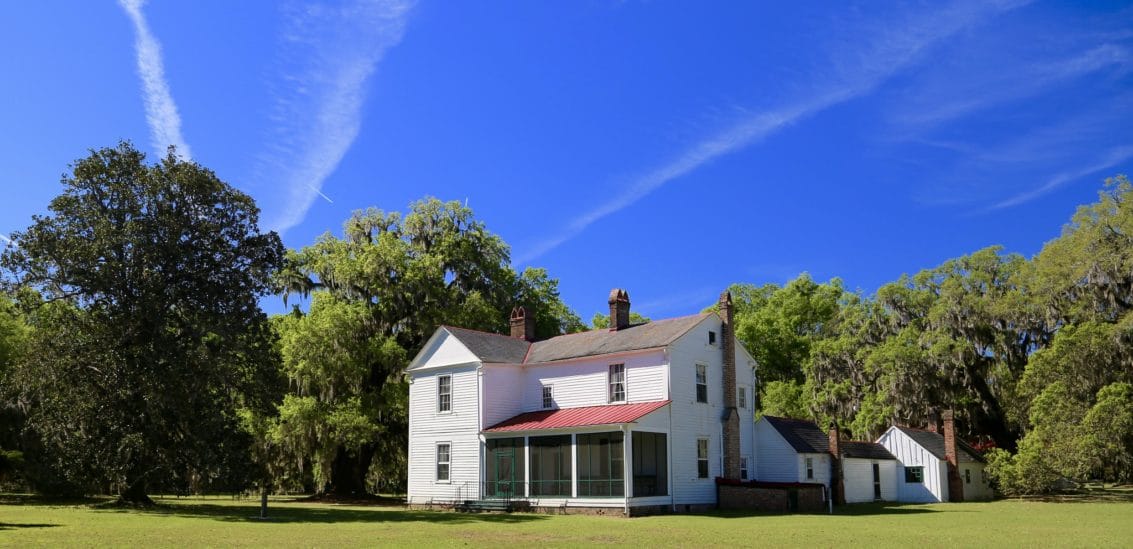
The plantation is a representation of Georgia’s history in rice fields. While there were many obstacles to overcome, during the time of the Civil War, the family who owned the plantations, William Brailsford, continued to grow rice up until 1913. The plantation was left to the state in 1973 and was made into a museum. The Museum features films and models of the plantation throughout the years.
Horton House
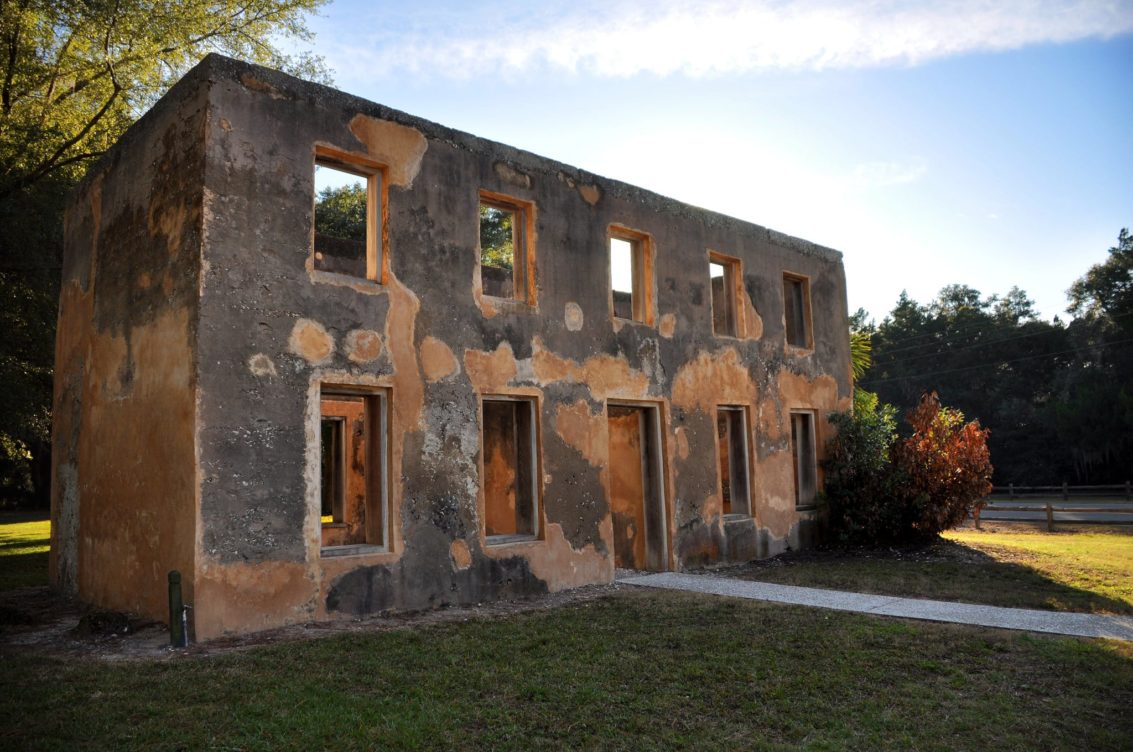
The Horton House is one of the oldest buildings in Georgia, and this site is listed on the National Register of Historic Places. The site was Major William Horton, General James Oglethorpe’s top military aide who was in charge of the troops garrisoned at Fort Frederica. It is one of the oldest standing tabby structure exteriors in the state that is still mostly intact,
Mosaic Jekyll Island Museum
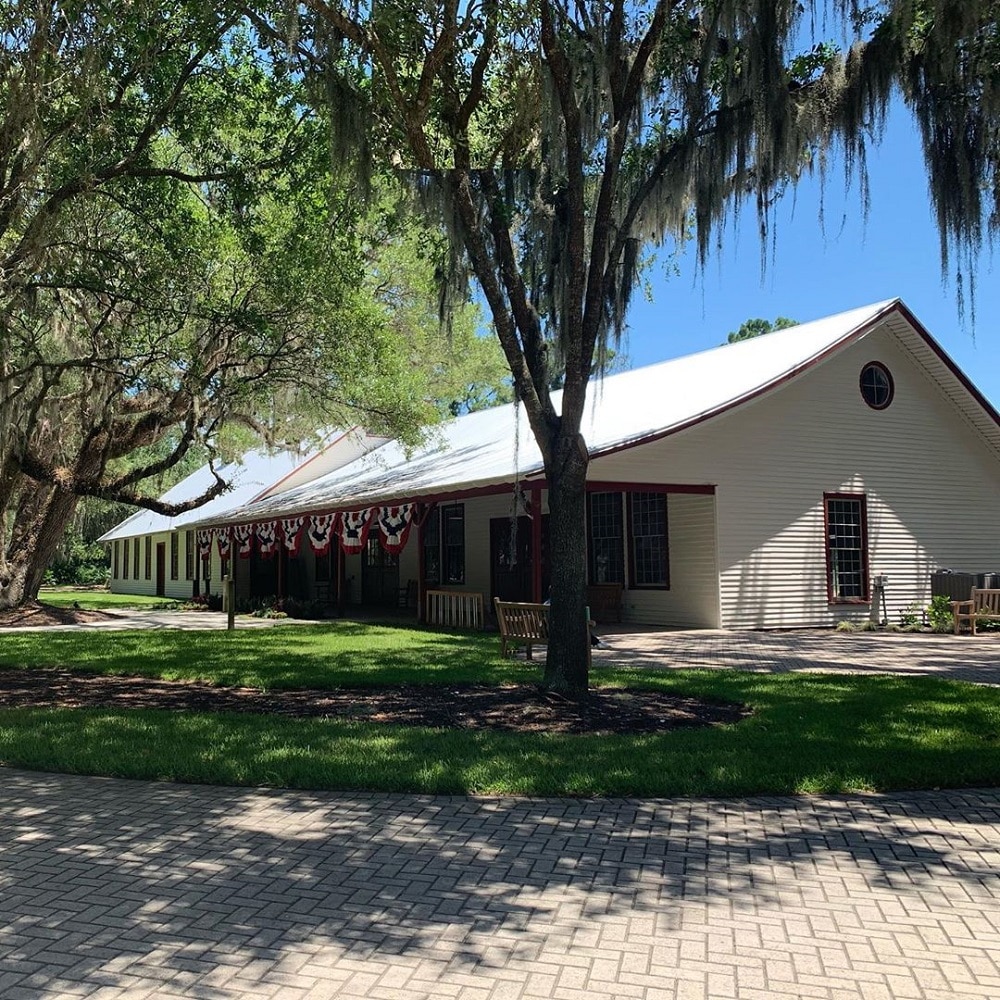
This museum leads you through the island’s rich culture and natural history. There are many exhibits, audios, and beautiful visuals to tell the tale of the majestic land. The museum was made of the existing footprint of the historic stables that were originally placed here. The area attracts all types of visitors for its history, from Native Americans to English colonists and French privateers.
St. Simons Lighthouse
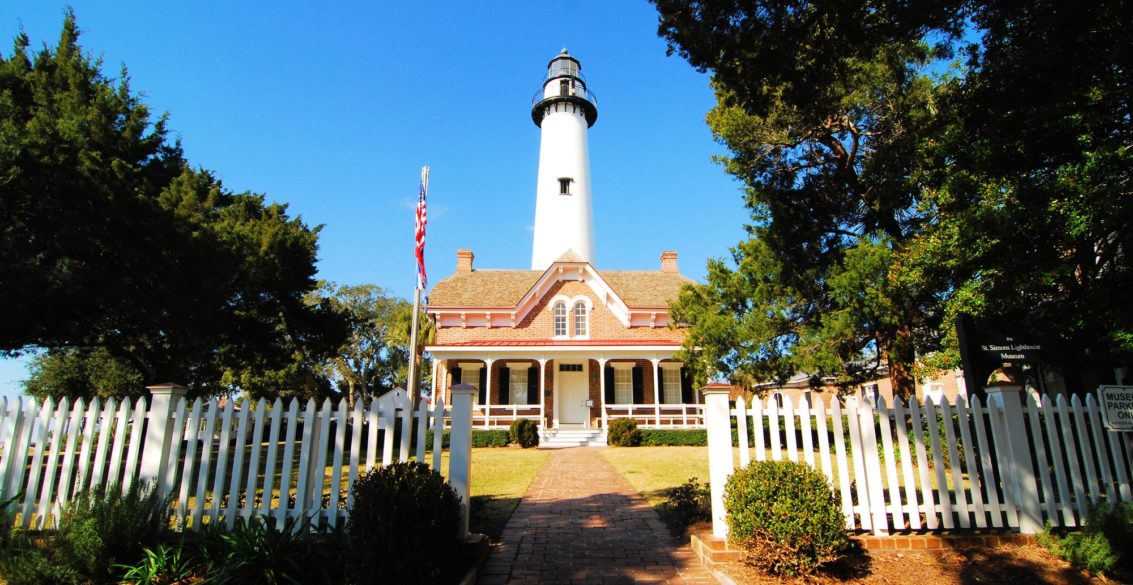
On the southern tip of the island at what is now Beachview Drive, the St. Simons Lighthouse was built in 1810 to aid in maritime navigation and the defense of the barrier islands in the St. Simons Sound. The original tower was 75 feet tall. During an invasion by Union troops in the Civil War, the lighthouse was destroyed by retreating Confederate armies. A new, 104-foot lighthouse was erected in 1872, along with a keeper’s house. The St. Simons Lighthouse is one of only five remaining light towers in the state, actively guiding ships through the St. Simons Sound.
Torras Causeway
View this post on Instagram
The Torras Causeway opened in 1924 as the Brunswick-St. Simons Highway, providing a pathway for visitors to drive from Brunswick and the south Georgia mainland to St. Simons Island and accelerating the development of both residential and tourist facilities on the island. During World War II, the Golden Isles served to provide much-needed respite to those stationed nearby, or the troops and families who had taken up residence at the newly designated Naval Air Station St. Simons, home to a Navy training facility and radar station
World War II Home Front Museum
View this post on Instagram
This museum brings the continuations Georgia made during World War II to life. The museum’s story reflects the experience of many during the World War. From rationing to the scene as an A&P Food storefront and military recruitments offices, the museum sheds light on what Americans went through during a hard time. The museum was put in place to always remember the unity that everyone had the time of the war.
When wanting to learn a few history lessons, St. Simons Island is the perfect place to do it. From the old cotton and rice fields to the beautiful lighthouse and WWII monuments, it is truly a wonderful experience. Many portions of history can be taught on just this one island. Homeschooling in St. Simons will not only be a great time at the beach but also a history lesson through time with the different areas of history that are covered on the island.



